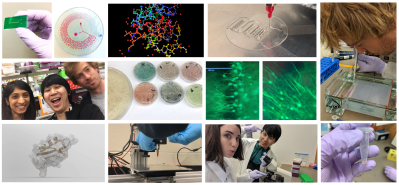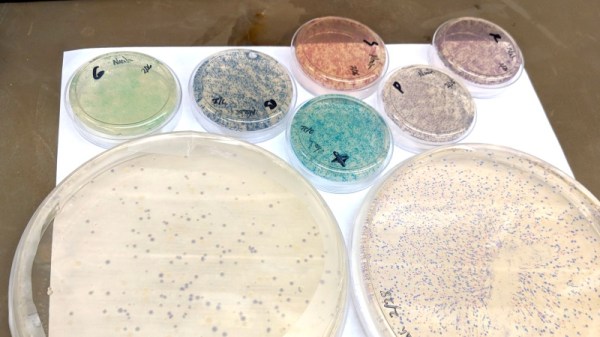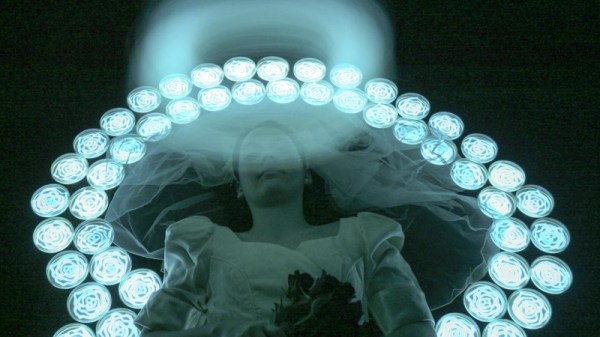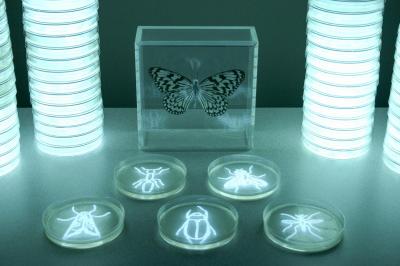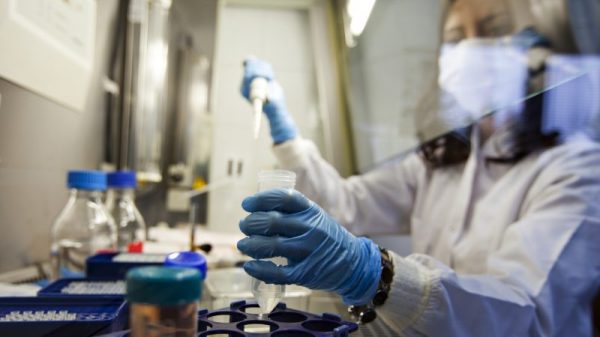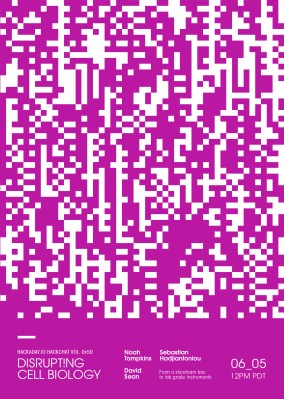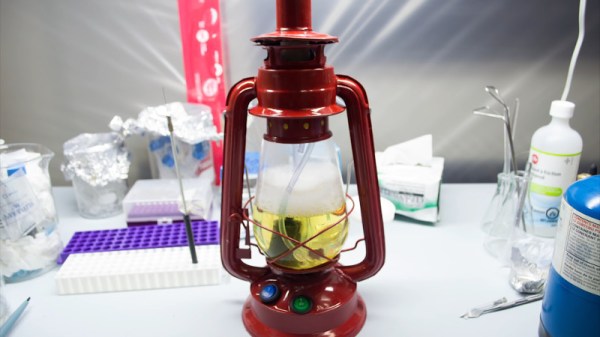An off-shoot of the infamous “How to Make (Almost) Anything” course at the Massachusetts Institute of Technology, “How to Grow (Almost) Anything” tackles the core concepts behind designing with biology – prototyping biomolecules, engineering biological computers, and 3D printing biomaterials. The material touches elements of synthetic biology, ethics of biotechnology, protein design, microfluidic fabrication, microbiome sequencing, CRISPR, and gene cloning.
In a similar fashion to the original HTMAA course, HTGAA works by introducing a new concept each week that builds up to a final project. Students learn about designing DNA experiments, using synthesized oligonucleotide primers to amplify a PCR product, testing the impact of genes on the production of lycopene in E coli., protein analysis and folding, isolating a microbiome colony from human skin and confining bacteria to image, printing 3D structures that contain living engineered bacteria, and using expansion microscopy (ExM) to visualize a mouse brain slice. The final projects run the gamut from creating a biocomputer in a cream to isolating yeast from bees.
Growing out from an initiative to create large communities around biotechnology research, the course requires minimal prior exposure to biology. By working directly with hands-on applications to biodesign concepts, students are able to direct apply their knowledge of theoretical biology concepts to real-world applications, making it an ideal springboard for bio-inspired DIY projects. Even though the syllabus isn’t fully available online, there’s a treasure trove of past projects to browse through for your next big inspiration.
